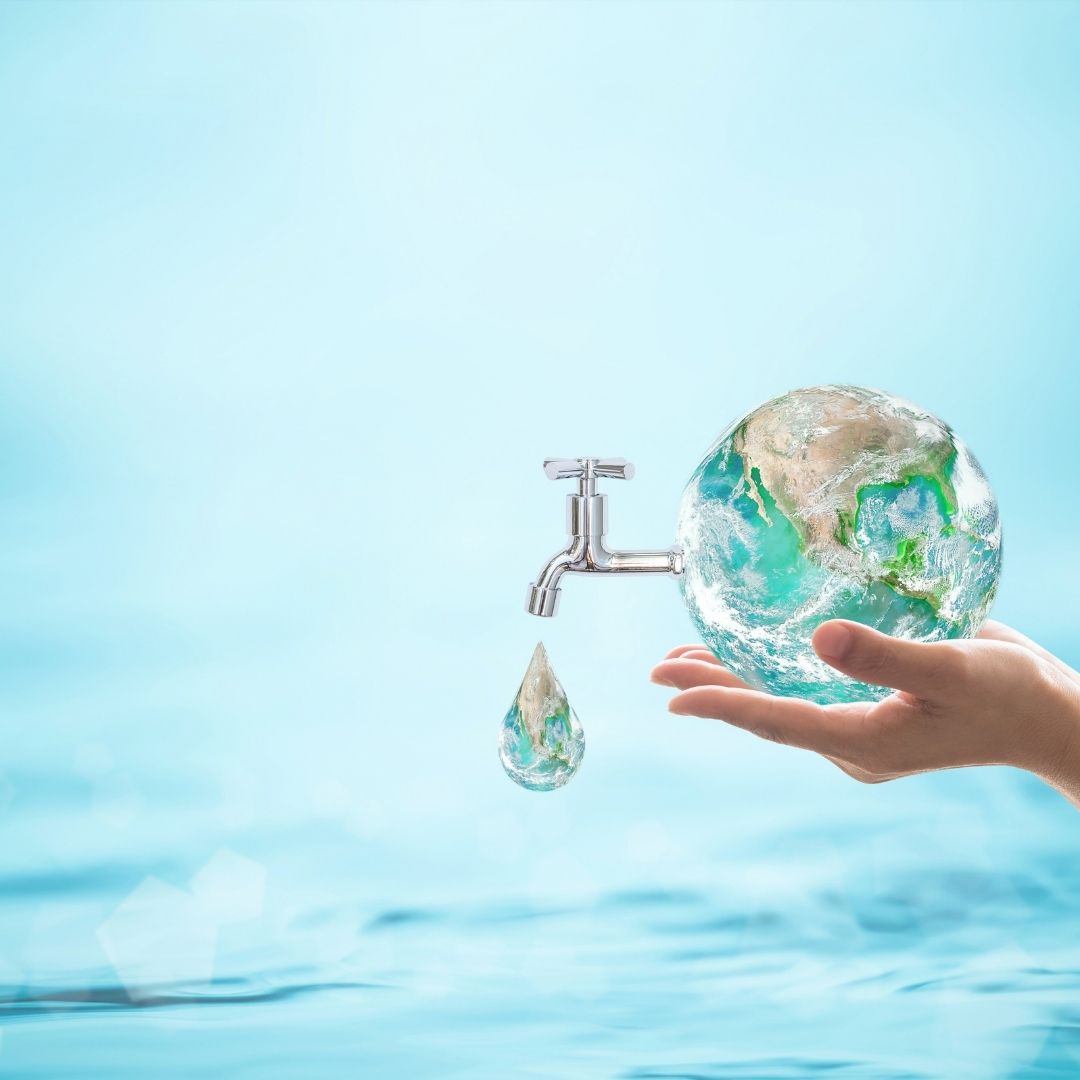
Water being one of the most essential necessity of life, becoming an increasing scare resource, needs careful planning and management. Availability of safe quality drinking water is being reduced due to pollution from sewage and industrial waste. So water should be meticulously harnessed and carefully conserved. It should be economically used and safely disposed off after usage.
Need of the hour is sustainable water management, specially in the context of meeting the demands of an increasing population. Simply put, it means managing our finite water resources for present needs while keeping in mind the future requirement of next generation. It also means looking at fresh water as an exhaustible, natural and essential resource and seeing watershed areas as sustainable units of water resource development and management.
Uttarakhand State, whose glacial peaks and beautiful valleys hold age-old ecological secretes, is a measure water bank for North India. Its 1917 glaciers spreading over 3550 Sq. km, comprise a perennial source of water. The state is largely made up of mountainous areas full of forest, which cradle many rivers and natural water sources. These natural sources are nourished by rain water, which is the biggest source of water on this planet.
Ironically, today the people of these mountainous areas are in the vice-like grip of water scarcity. Increasing population has resulted in an unsustainable demand for water, soil erosion in watershed areas, increasing silting of rivers and streams, and depletion of groundwater reserves.
Uttarakhand receives an average annual rainfall of 1240 mm, much of which flows into the rivers. If we conserved a bare 0.68% of this rainwater, it would fulfill the drinking water requirement of Uttarakhand. The conservation of 2.36% would suffice irrigation requirement. It means the conservation of a mere 3% of annual rainfall holds the key to the alleviation of the State’s woes!
Considering the importance of water as a life sustaining resource we should launch intensive awareness campaigns for optimum water utilization and management. We should give information on different techniques of water collection, conservation and harvesting.
To save water, the ground water table should be properly recharged by water harvesting schemes (making roof harvesting structures). The ancient Naulas, Dharas, Gadharas, Khals and Ponds should be protected from being polluted at their source because these are the main sources of drinking water schemes. The quality of drinking water should also be monitored. Further, linking water conservation programs with Income generating activities will also be beneficial. So water should be save and conserved.